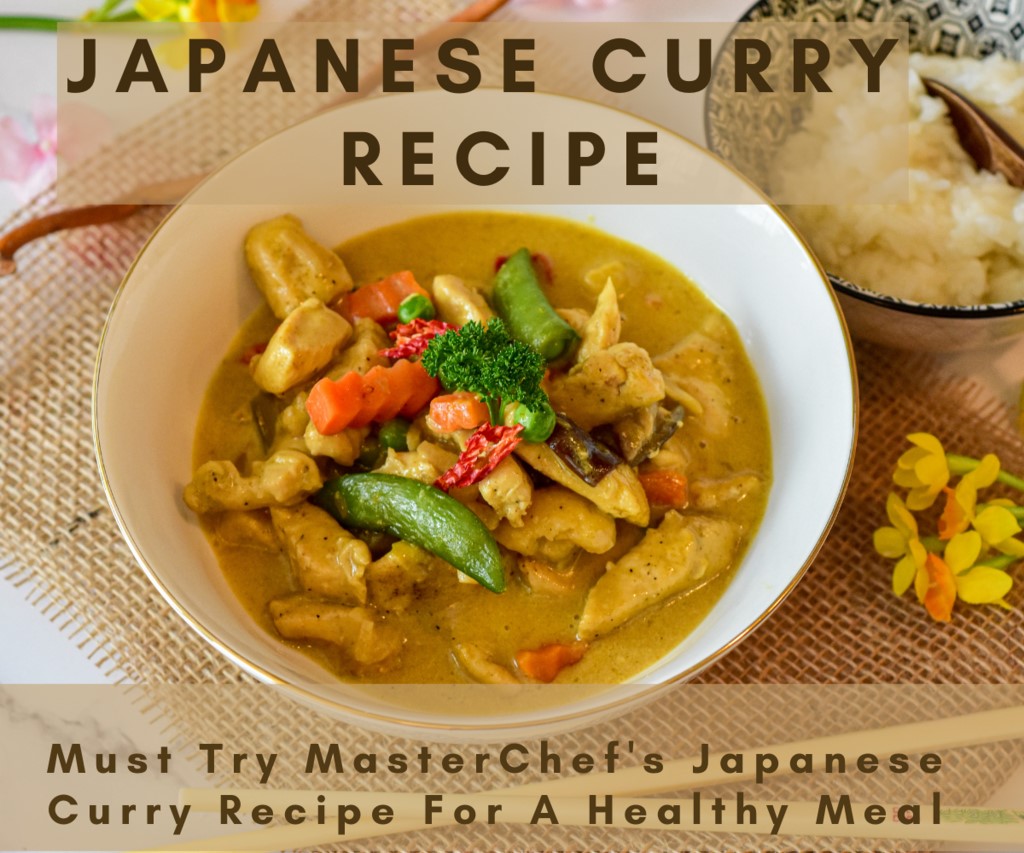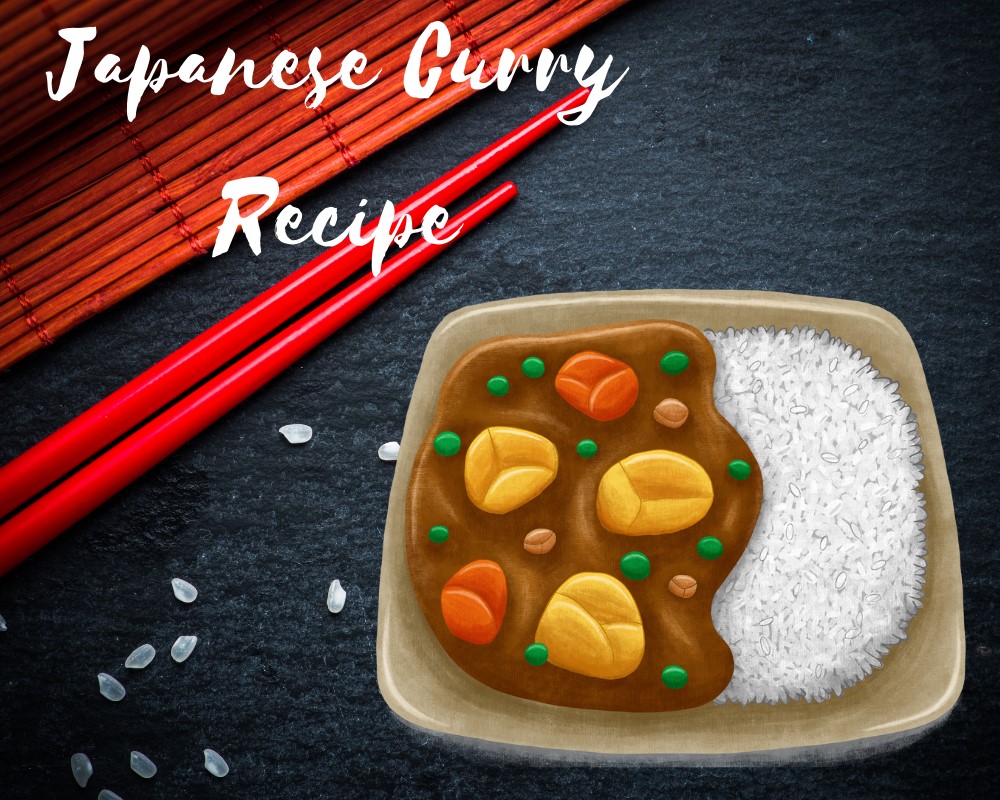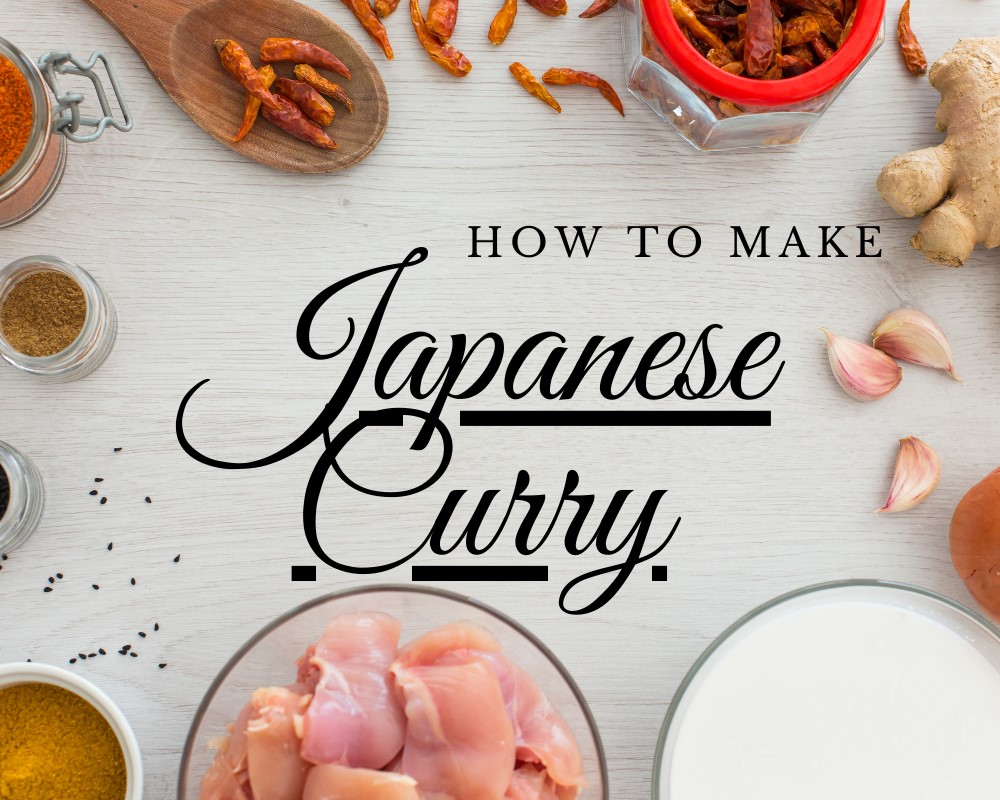Are you the one who always craves fried foods and snacks at night? Do you love to indulge in the scrumptiousness of crusty appetizers that are juicy and tender inside? How about making chicken katsu and storing it well so you can have it anytime you yearn? Indeed, chicken katsu is a dish you can have for breakfast, lunch, or dinner or as an appetizer, snack, side dish, or comfort food. Moreover, if you are a health freak, you can bake chicken katsu instead of deep-frying it. If you want to make chicken katsu at home and store it for later use, read the following description. It explains the original recipe, expert tips, and nutritional value of chicken katsu. Follow along.
Table of Contents:
- What is Chicken Katsu?
- Is Chicken Katsu Healthy?
- Nutritional Value of Chicken Katsu
- How To Make Chicken Katsu?
- Ingredients
- Supplies You’ll Need
- Step-by-step Recipe:
- How to Serve Chicken Katsu?
- How to Store Chicken Katsu?
- Pro Tips to Make the Best Chicken Katsu
- How to Perfectly Deep Fry Chicken Katsu?
- FAQs
- Wrapping Up
What Is Chicken Katsu?
Katsu in Japanese means cutlets, so chicken katsu are chicken cutlets. Many people confuse katsu with tonkatsu; however, the latter is the cutlets made of pork( Ton=Pork). It is a classic Japanese meal comprising golden brown and crispy chicken cutlets that are juicy and tender inside. These are served with katsu/tonkatsu sauce and a cabbage salad. Though the original recipe says to deep fry chicken breasts, you can bake them to control the fat intake. It is because baking will require less oil. Nevertheless, following the professional tips for deep frying mentioned below, you can still fry katsu with no grease and oil dripping.
Is Chicken Katsu Healthy?
Chicken katsu is high in calories since it is traditionally fried food. You can bake it to lower the fat level. Therefore, we cannot say it is healthy and good for all. Especially people with heart diseases, obesity, and hyperlipidemia should avoid such high-caloric meals. If it’s your cheat day, you can surely have a piece. Additionally, you can consume chicken katsu along with a vegetable salad to expedite the process of detoxification.
Nutritional Value Of Chicken Katsu
One chicken katsu weighing around 137 grams contains the following nutrition:
| Nutritional Component | Amount | % Daily Value |
| Total Carbohydrates | 23 grams | 8 |
| Total Fat | 11 grams | 17 |
| Protein | 32 | – |
| Sodium | 281 milligrams | 12 |
| Potassium | 297 milligrams | 8 |
| Calcium | – | 7 |
| Vitamin A | – | 2 |
| Vitamin C | – | 0 |
How To Make Chicken Katsu?
Here’s the original recipe to make Japan’s special Chicken Katsu. It is an easy recipe with no tricky cooking techniques. All the ingredients and kitchen supplies required in this recipe are easily available from the market. Moreover, the total cooking time is just 30 minutes; 20 minutes for preparation and 10 minutes for cooking.
Ingredients
For Cooking:
| Ingredients | Quantity |
| Boneless chicken breast | 1 |
| Egg | 1 (large) |
| Vegetable oil (neutral-flavored) | ½ tablespoon for egg and 3 cups for deep-frying |
| All-purpose flour | 3 tablespoons |
| Japanese panko breadcrumbs | 1 cup |
| Kosher salt | ½ teaspoon |
| Black pepper (Freshly Ground; it will enhance the savoriness) | ⅛ teaspoon |
For Serving:
- Shredded cabbage or daikon radish
- katsu/tonkatsu sauce
- Japanese sesame dressing (optional)
Supplies You’ll Need
- A sharp Chef knife for the Kannon Biraki cutting technique
- Medium-sized dishes/trays (to dip chicken breast easily) for egg mixture, flour, and panko breadcrumbs
- Medium-sized pot or skillet required for deep frying
- Kitchen thermometer
- Chopsticks
- Meat mallet or hammer
- Sieve
- Whisk
- Wire rack
- Paper towel
- Serving plate
Step-By-Step Recipe:
- Gather all ingredients for a non-messy and stress-free cooking experience.
- Cut the chicken breasts into a butterfly shape or, using the Kannon Biraki cutting technique, into a French door shape.
- For the latter technique, cut the chicken breast from the center through its thickness but not all way down. Tilt the knife to either side, scoring the breast to make a wing/door. For a second wing/door, repeat slicing from the middle and sliding to the opposite side.
- Then, using a meat mallet, flatten the breast slices to about half an inch of thickness.
- Season the breasts evenly with salt and pepper. Meanwhile, when your chicken is marinating, add oil to the pot or skillet to about half an inch. Heat it at medium to low flame till the oil reaches 170 degrees Celsius. Use a kitchen thermometer to check the optimal oil temperature.
- Prepare the egg mixture and add flour and panko breadcrumbs in three separate dishes or trays. Coat the marinated chicken breasts in flour and dust off any excess. Then, dip the breast piece in the egg mixture. Lastly, coat Japanese panko breadcrumbs on the chicken breasts. Firmly press the surface to stick maximum crumbs. Then, dust off any excess.
- Add one or two coated chicken breasts in your pot or skillet, depending on its size. Rember not to overcrowd the pan, or it will affect the frying results. Deep fry each piece for about three minutes until tender and golden brown.
- Remove the fried pieces from the oil, drain any excess oil, or put it on a wire rack above a bowl to collect excess oil. Moreover, remove fallen breadcrumbs from the pot/skillet using a sieve to avoid burning and ruining other batches. You can also make katsu/tonkatsu sauce meanwhile your chicken is frying. The recipe for katsu sauce is mentioned in the FAQs section.
- Once cooled, serve it as mentioned below.
How To Serve Chicken Katsu?
To lower the temperature of chicken katsu after deep-frying, let it sit for a while. Then, serve it as a whole piece or cut it into 1 inches strips. You can drip Katsu/Tonkatsu sauce over the chicken katsu strips to eat it as an appetizer. However, you can pair it with a side dish to make it a main course meal. Serve it with shredded cabbage or daikon radish as a salad dressing. Check the FAQs section to learn how to make tonkatsu sauce.
How To Store Chicken Katsu?
Wrap the individual chicken katsu pieces in plastic food wrap or aluminum foil. Then, pack it in an air-tight container or a freezer/ziplock bag. Store it for about three days in the refrigerator and freezer for up to three to five weeks. Before eating it next time, thaw it in the refrigerator overnight. Then, reheat for about 15 minutes in an oven or toaster at 180 degrees Celsius. Moreover, reheat it for half an hour if you intend to eat it without thawing.
Pro Tips To Make The Best Chicken Katsu
Always remember these Chef-secret tips to cook chicken katsu like a Pro.
Kannon Biraki and Sogigiri Cutting Technique
Chicken breasts are typically thick from the center, usually, about one inch, so frying and cooking them can be challenging. Thick chicken breasts are often left uncooked from the inside. Therefore, chicken breasts are cut in a butterfly shape and are hammered afterwards. In Japan, chefs recommend cutting chicken breasts using the Kannon Biraki technique. According to this technique, chicken breasts are cut from the middle and slide to the left. Similarly, again cutting it from the middle and sliding the cut to the right so it looks like a French door.
If one wants to consume the bite-size pieces, the chicken breasts are cut at a slant angle into cubes. This type of cutting technique is known as Sogigiri, which increases the surface area of chicken pieces to help them cook well. Moreover, these cuts make the meat more flavorful and enriched with the savoriness of condiments. You can follow the Sogigiri cutting technique to get the bite-sized pieces perfectly cooked and savored if you make katsu with pork, known as tonkatsu.
Get the Original Panko Breadcrumbs
To enjoy the ultra-crunchy and super-crispy chicken katsu; you must have the original Japanese Panko breadcrumbs. These crumbs are quite different from the regular ones. Because the original is lighter and crustier and gets a perfect golden brown hue pon frying.
Add Oil or Milk to the Egg Mixture
Add a teaspoon of oil to the egg mixture to help it stick to the chicken breasts and flour. Some people add milk to make the egg mixture runny and coatable. Isn’t it a Chef’s secret?
Dust off excess Panko/Flour
Dust off the surplus flour from the chicken breasts to avoid separating the top coats during frying. Also, firmly stick the Panko breadcrumbs to the chicken to prevent them from falling into the hot oil.
How To Perfectly Deep Fry Chicken Katsu?
Deep frying foods is tricky since it dictates how perfectly you golden brown the outside crisp and optimally cook the inside. Moreover, a perfectly fried chicken katsu is not dripping oil or greasy rather, it is crispy outside and tender inside. Therefore, to fry chicken katsu like a Pro, follow the below-mentioned tips.
- The temperature of the oil for deep frying should be optimal. It should be around 170 degrees Celsius. To check the temperature, you will need a kitchen or instant thermometer. Use it carefully to avoid oil splashes on you.
- Use a medium-sized pot to add enough oil (approximately up to 1.5 inches) to help deep fry chicken katsu. Moreover, the dimensions of your pot should accommodate the whole piece of chicken katsu, so it doesn’t break irregularly. After frying, you can make perfect slices or strips using a sharp knife. I recommend a pot of at least 20 centimeters in diameter.
- When frying chicken katsu, remove the fallen bread crumbs from the oil. Otherwise, these will burn, making the other pieces unpresentably dark or messy.
- Do not change the flame when there’s no need.
FAQs
How Long Does Chicken Kastu Last?
Chicken katsu can last for about two to three days in the refrigerator and freezer for up to three to five weeks. Before consumption, you can reheat chicken katsu in an oven or toaster to enjoy the crispy hot chicken katsu next time. Do not prefer microwaves for reheating since they will ruin the crisp texture and make the cutlets overly moist.
Can You Bake Chicken Katsu?
Yes, you can bake chicken katsu if you are concerned about the fat intake since baking uses less oil. For this purpose, prepare chicken katsu by the described method, then bake it at 200 degrees celsius for about 30 minutes. To know if the katsu is properly baked, check the internal temperature, which should be around 74 degrees Celsius.
What Is The Difference Between Tonkatsu And Chicken Katsu?
The term Katsu means cutlets in Japanese, and Ton means pork. Therefore, Tonkatsu refers to cutlets made from pork. In contrast, chicken katsu are cutlets preferably made with chicken breasts for a firm texture. However, one can also use chicken leg meat, which is more flavorful and moist than dry breast meat.
How Do I Eat Chicken Katsu?
You can cut chicken katsu into thin strips, drip the katsu sauce over them, and eat alone. However, you can serve it with many side dishes, including Japanese coleslaw, soba noodles, miso soup, ramen noodles, mashed potatoes, and seasoned rice. Moreover, you can serve chicken katsu with vegetable salads comprising cucumber, daikon radish, carrots, and cabbage.
Is Chicken Katsu Served Cold?
Yes, chicken katsu is served cold or at room temperature. Although the cutlet is deep-fried, the Japanese prefer to eat it at room temperature to enjoy the inside.
How To Make Katsu Sauce?
Katsu sauce is similar to tonkatsu sauce; the two give the same taste to many people. It is commercially available in supermarkets in the Japanese condiment section. However, you can also make it at home. Combine the following ingredients:
- one tablespoon of ketchup
- two and a half teaspoons of Worcestershire sauce
- one and a half teaspoons of oyster sauce
- a pinch of sugar
You can adjust the quantity of each sauce and add seasonings according to your taste. Moreover, make it in bulk and store it in the refrigerator for about two to three weeks and freezer for up to three to four months.
Wrapping Up
Chicken Katsu is a classic Japanese dish featuring crispy golden brown cutlets that are scrumptiously juicy inside. You can deep fry or bake it to get the perfect crisp. Have it any time and pair it with various side dishes, salads, and dressings. Moreover, chicken katsu is a good source of protein and fats. You can make it healthy at home following the recipe mentioned above. Don’t forget to glance at the Pro tips to help you cook the meal properly and control oil dripping.
Also Read: The Culinarian’s Secret Onigiri Recipe (How to Make Onigiri)
The Culinarian’s Secret Onigiri Recipe (How to Make Onigiri)













